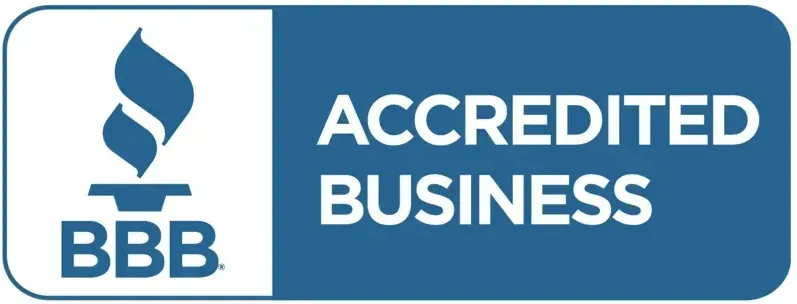Home Sleep Test
What is a home sleep test (HST) exactly?
A home sleep test (HST) is exactly what it sounds like: a sleep study conducted from the comforts of one's own home. For a home sleep test, users usually come into the sleep clinic the day of the test to pick up their HST and get a demonstration on how to use the machine properly before taking the equipment home. Testing is performed by the user, and the data stored on the equipment is uploaded the following day at the sleep clinic. HSTs are used primarily in diagnosing patients with sleep apnea, and even then only for patients who are likely to have mild to moderate sleep apnea. The sleep study is conducted in the person’s home in the comfort of their own bed. Patients’ heart rate is monitored through sensors that generally slip over the index finger to measure oxygen levels. Breathing patterns are monitored by another set of sensors strapped to the patient’s chest, and a small tube is placed in the nostrils to measure the amount of air the patient breathes through their nose. Home sleep studies are also attractive to those who have high-deductible insurance plans or have no insurance, simply because they are less expensive, thus the general appeal of the home sleep test is convenience, cost, and comfort. However, just because it is easier and less expensive doesn’t mean it’s the right option.
Lauri Leadley, a sleep expert and president of the Valley Sleep Center in Mesa, Arizona, states, “Home sleep tests are an option when a patient is suspected of having sleep apnea and doesn’t have other issues such as congestive heart failure, lung disease or other sleep disorders.” Also, a home sleep test lacks the full array of tools and diagnostics available during an in-lab study. A home test only provides measurements, not diagnosis. An appointment with a sleep professional is still required to read and interpret the data gathered.

